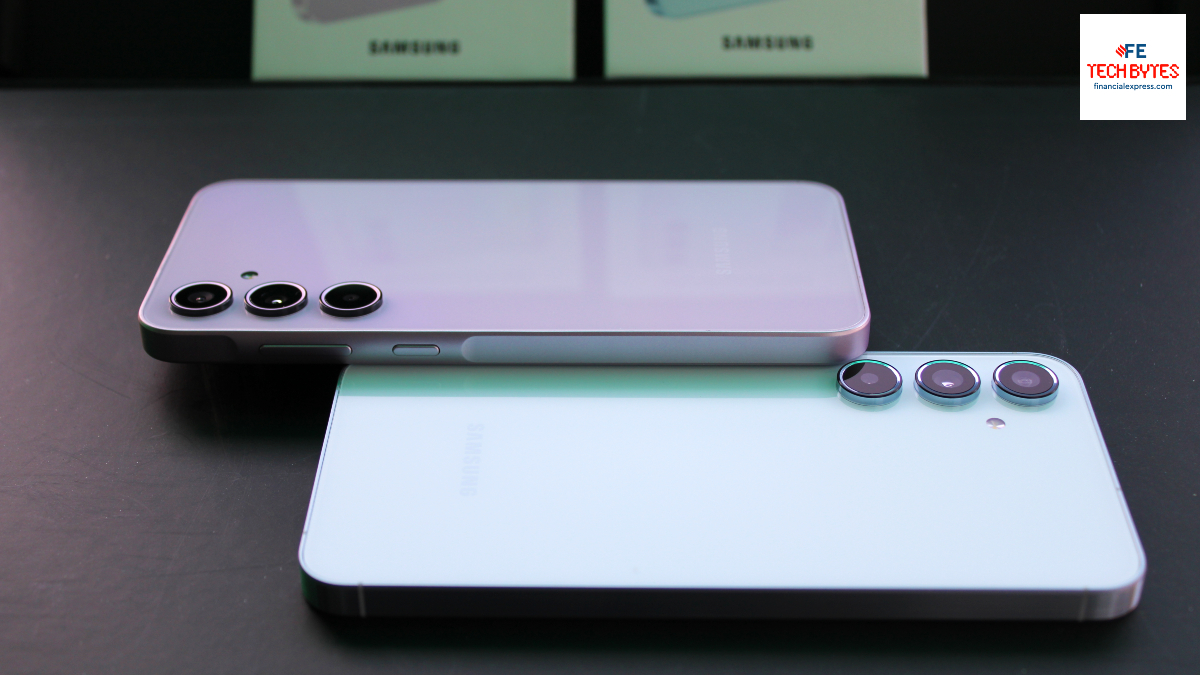Enterprise mobility is redefining the customer experience of organisations through smarter interactions enabled by mobile intelligence. A growing number of next generation employees are bringing their own devices in the corporate network. Organisations too are quickly adopting this culture with open arms and are increasingly implementing bring your own device (BYOD) programmes based on this trend. However, understanding how this transition to BYOD will affect your business and employees is vital.
BYOD is fast trending towards employees? personal devices within a business environment. Smartphones being the most common example, tablets, laptops and USB drives are commonly used devices by employees who find working on them more comfortable and quick. BYOD is part of the larger trend of IT consumerisation, in which consumer software and hardware are being brought into the enterprise.
While deciding on an appropriate BYOD model given the huge shifts in technology, most enterprises are likely to approach the human, device and cloud model. They will need mobile devices for information delivery and experience, human for taking action on information and the cloud for all unstructured and structured information with analytics. The critical question that lies here is how does this trend affect employees in operations and the ones on the field?
It is crucial that CIOs have clear, meaningful conversations with employees, including the senior leadership, about the responsibilities of managing their own personal devices and the consequences of their usage and security policies. Many senior leaders and executives travel extensively carrying the company?s most sensitive information such as business unit updates, financial projections, employee numbers etc. on their devices. The CIOs needs to ensure that executives understand exactly when IT department will be accessing his device, for what purpose and what parts of functionality will it control. They also need to make sure executives are backing up files and knows what will transpire if the devices are lost.
BYOD has more to do with policy and security and less to do with technology and software. Implementing a BYOD policy for both executive as well as field staff requires key considerations.
Policy definition and implementation: Clearly defined security policy that outlines the rules and expectations of the BYOD engagement is vital. Devices should be screened for minimum security requirements and mandated to install company sanctioned security tools before connecting to the company?s network. Policy should be framed to ensure security of company data. These data security rules should be followed whether the data is on a laptop or mobile device owned by an employee or the company.
Cloud based managed services: Cloud computing could be a key enabler for BYOD by addressing two of its major challenges? security and device management. By hosting applications and data on a secure cloud environment, they can be kept off employees? personal devices. In addition, IT department of the enterprise do not have to worry about installing corporate applications on different types of devices. They just have to give the users a URL to connect to.
Security: Along with the benefits of BYOD come the security risks and attacks targeting user identities, company intellectual property, customer data and financial assets. To ensure the security of an enterprise, secure mobile devices are vital and may be leveraged as a virtual employee identity to securely access computers, applications, cloud services and even physical doors. Employees continuously download millions of apps through their mobile devices. It is important for enterprise IT teams to set up a strong security policies to govern app downloads.
Standardisation: Gone are the days when organisations could simply standardise on a single device, or even mobile platform. It?s not even just smartphones anymore. BYOD model works on the psychology of letting the employees use the mobile devices they love the most-enabling better work satisfaction and in turn increase in productivity. IT department of an enterprise should be built to manage a variety of these devices.
Mobile device management: MDM is not only hosting the mobile devices on an on-premise or hybrid model but also applying the same corporate policies to data on mobile devices just as it would on a desktop PC.
BYOD is a win-win situation for everybody. Senior executives benefit by increased employee productivity and enhanced customer care, IT division benefits by regaining control over security and network, HR benefits by attracting and retaining the best talent by letting staff choose the tools they use for work, finance saves costs on providing and maintaining devices and employees get better work satisfaction and become more productive using the devices they are most comfortable with.
The writer is senior VP, enterprise transformation services, HCL Technologies
















